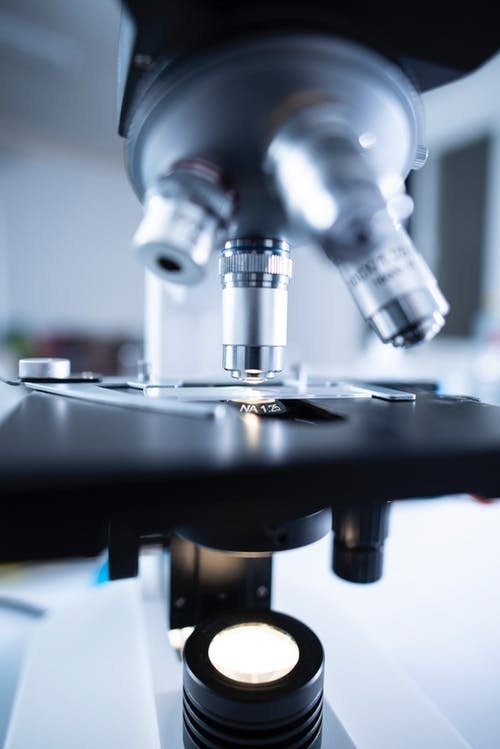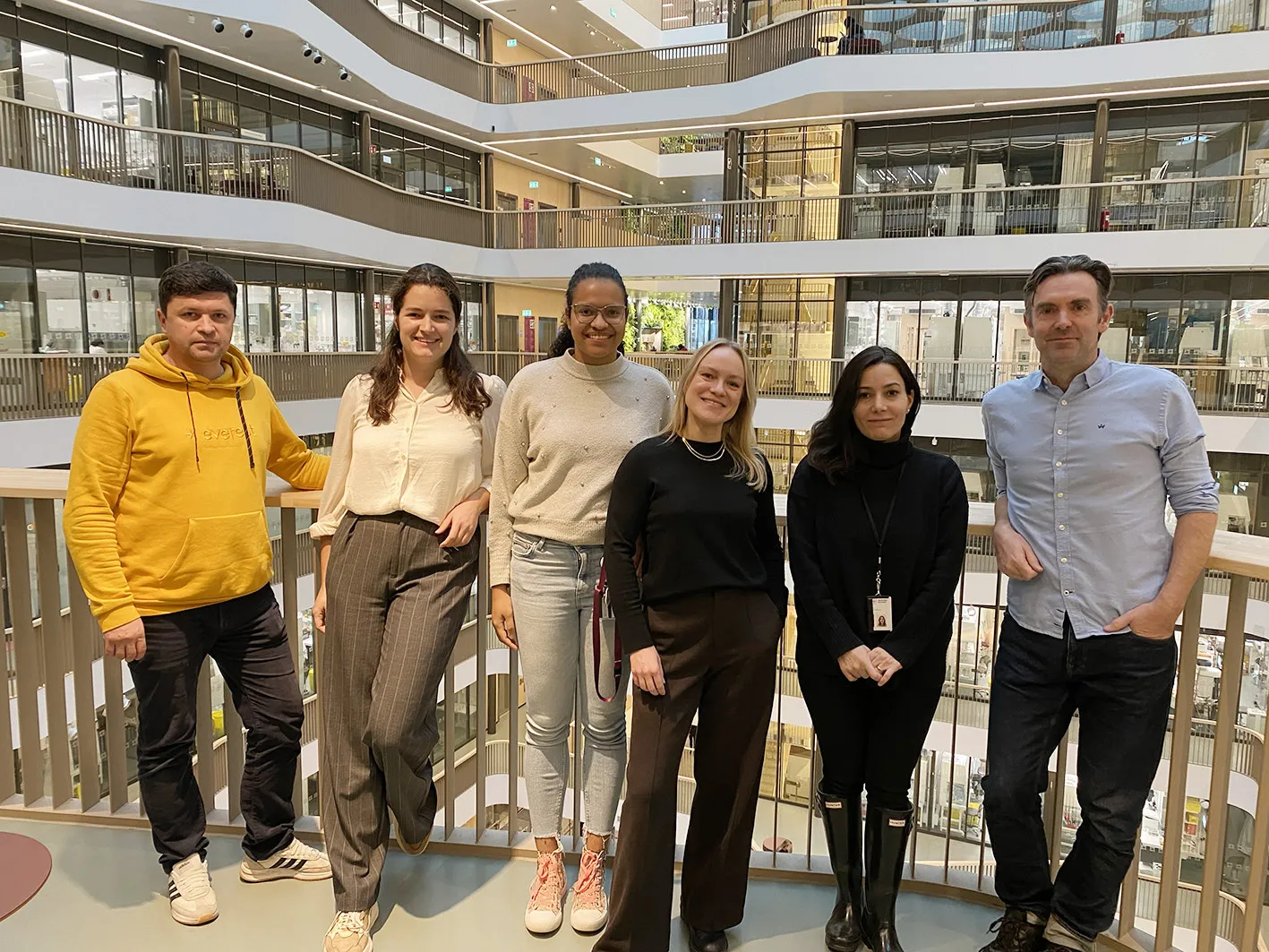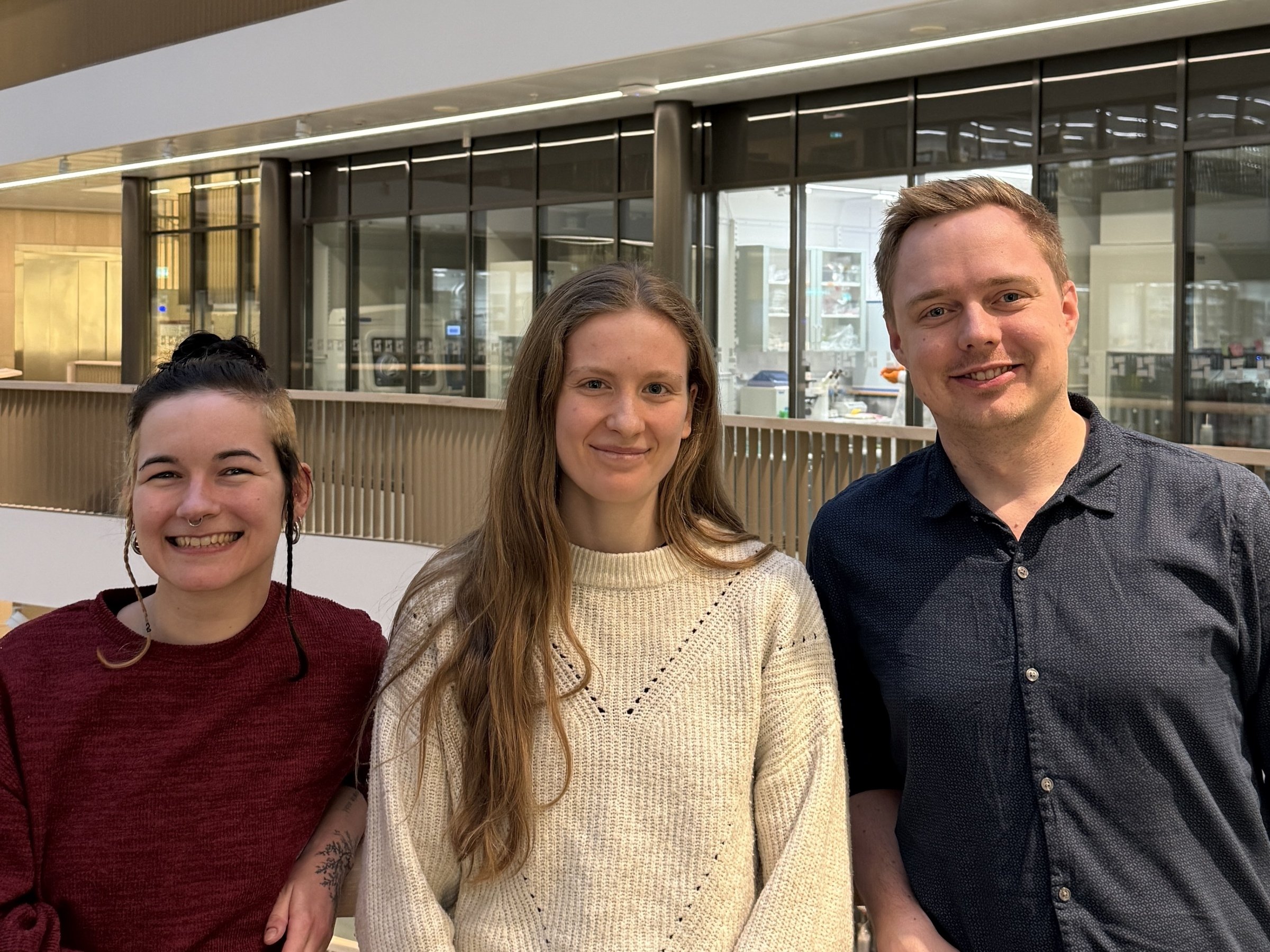Our research concerns the study of the interactions between viruses and their host cells in the early stages of infection. Using Semliki Forest virus as a model, we are exploring the involvement of cellular pathways such as autophagy, stress granules and the type I interferon system in the cellular responses to viral infection.
Research Description
Our research concerns the study of the interactions between viruses and their host cells in the early stages of infection. Using Semliki Forest virus as a model, we are exploring the involvement of cellular pathways such as autophagy, stress granules and the type I interferon system in the cellular responses to viral infection.
For more info please visit our group website: Alphavirus.org
Latest news from our research group
Support our research
 Photo: Chokniti Khongchum
Photo: Chokniti KhongchumMake a donation to our research at MTC
Your support means a lot to our success. This allows us to go further in our efforts to improve human health through research and education.
Read here how you can make a donation via Swish.


